
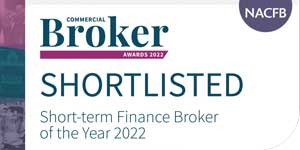

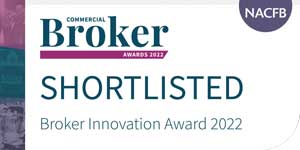
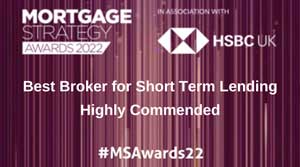
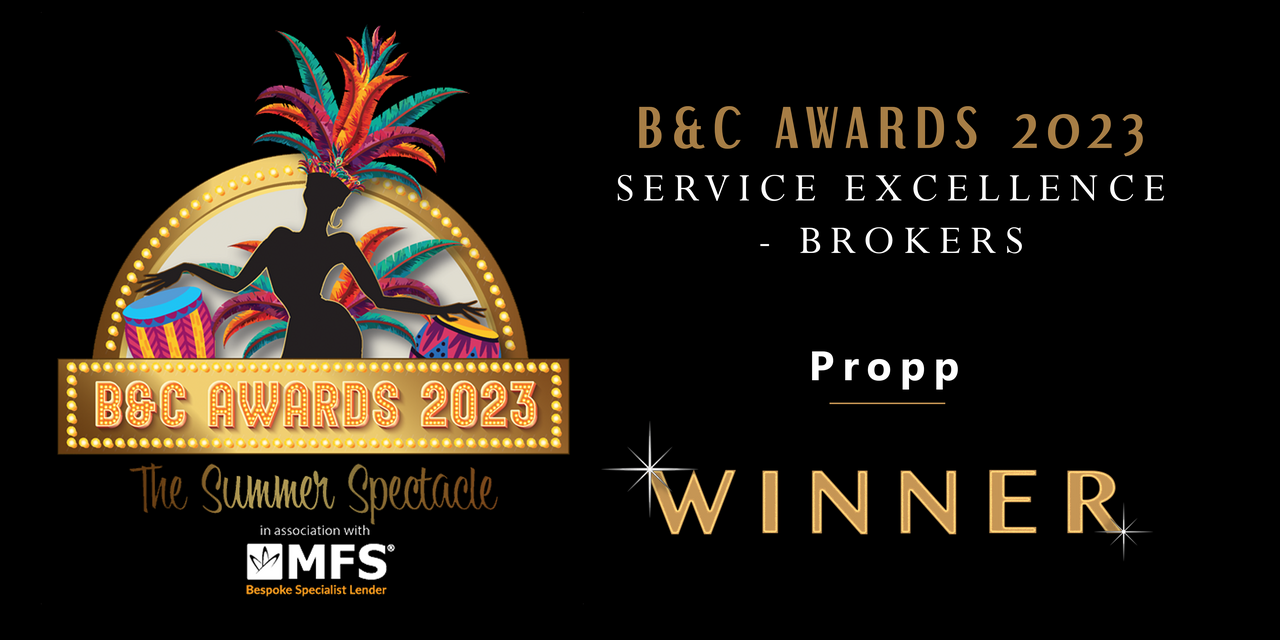
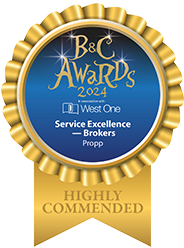
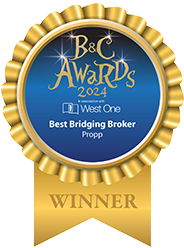
* bespoke quotes supplied the next working day following provision of all required lender information being supplied and validation by Propp case manager
† saving based on annualised interest rate saving where deal optimiser service negotiated a lower rate than lender’s published rate, based on current average saving of 0.9% and average loan £1051785. Time saving based on automated versus manual bespoke rate requests.